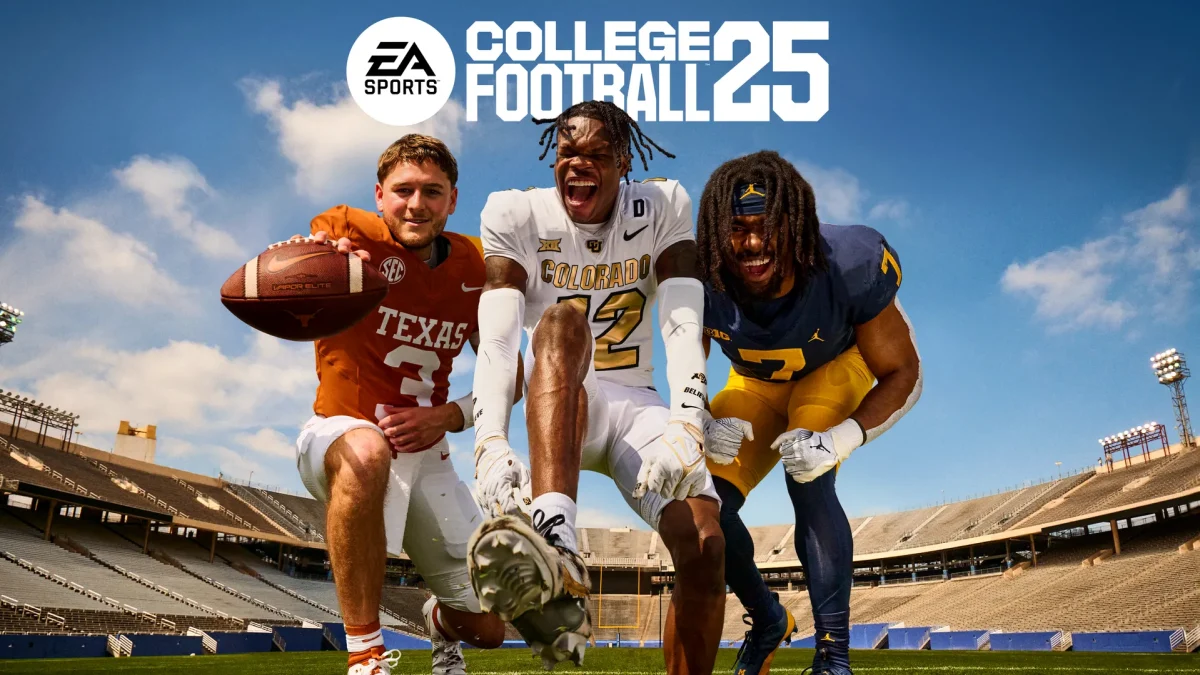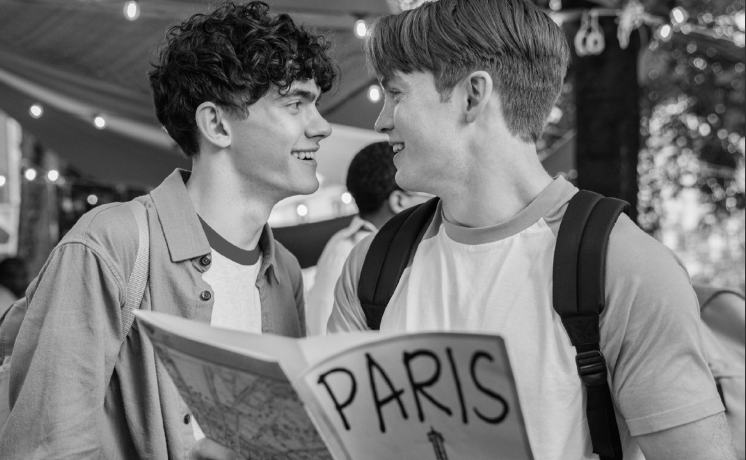As of 2023, the growth in qu In recent years, the growth in queer stories in popular movies and television has been remarkable. With successful shows like new internet sensation “Heartstopper,” it’s safe to say that the addition of these storylines will not go unrewarded.
For many years there has been a lack of representation for LGBTQ+ characters in mainstream media. As for the few cases where a queer person was portrayed, the depiction has been less than ideal. from making queer people out to be promiscuous and sex-hungry fiends, or sad and tormented individuals. In the majority, queerness was only used for a punchline or to add to the sigma of how society already views the community.
In recent years, the narrative has changed. Now more than ever, queer stories have been taking center stage with their love stories being fully thought out and well-written, rather than an afterthought. Netflix’s original show, “Heartstopper ‘’ is a great example of how beautifully these portrayals can be done. One of the main protagonists, Nick, learns to accept himself as a bisexual man as well as fall in love with the character Charlie.
Rather than painting this journey as trauma to be dealt with or a path of destruction, it shows it as a joy to experience.
The addition of different lifestyles and diverse perspectives in shows like “Heartstopper,” “Euphoria,” “Young Royals’’ and “Sex Education” has proven to have a profound impact on society, especially the younger generation. It has helped the rise in acceptance and understanding of LGBTQ+ people by illustrating how they have similar struggles in love. Queer representation has also empowered the community by providing positive role models and a sense of belonging.
“When I watch shows nowadays, I feel joyful because I can relate more, and it feels more personal, like it could be me,” junior Konstantina Papadaki said.
While positive changes are happening, problems remain in the pursuit of authentic queer representation. There is still a need for more diverse and inclusive storytelling, such as people of color, queer relationships and particularly more transgender and non-binary characters. The representation shown has been primarily white and male based which only reflects one part of the community.
Additionally, the issue of “queerbaiting”, the exploitation of LGBTQ+ relationships for personal gain without genuine representation, continues to be a recurring worry when some media simply wants to profit from the current trend.
The history of the portrayal of LGBTQ+ people in media, from its past absence to the present-day celebration of varying identities, serves as a testament to the power of storytelling to challenge biases, promote acceptance and impact society’s attitudes.
It is essential to keep advocating for genuine and inclusive depictions that reflect the complexity and depth of LGBTQ+ lives as we look to the future. By doing this, we can make sure that mainstream media continues to be an instrument in the ongoing push for LGBTQ+ visibility and equality, along with providing young members of the LGBTQ+ community representation.






























